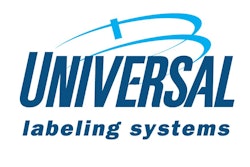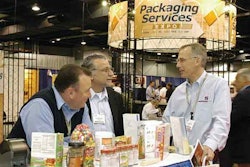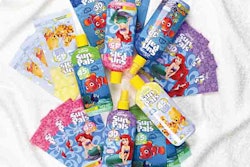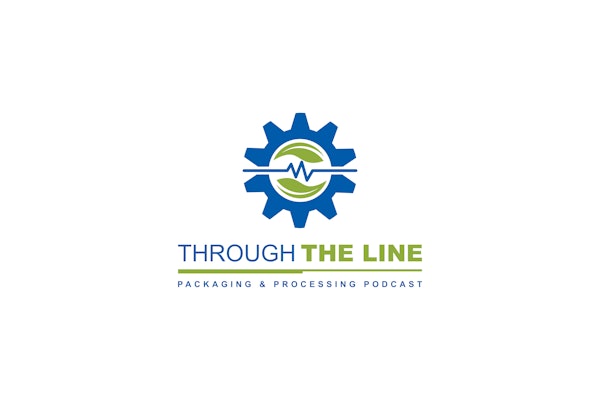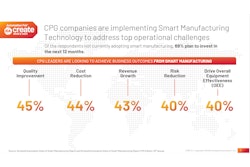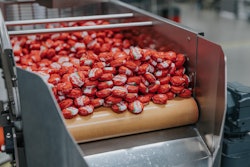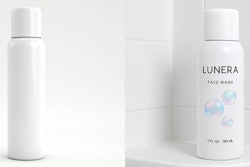But as fast as the industry is evolving, the market forces that compel product manufacturers to use co-packers are changing rapidly, too. Thus, some recent insights strike me as related and useful as the industry prepares to turn the calendar to 2007.
The first insight comes from cosmetics industry veteran Karen Young, CEO of The Young Group, a marketing firm. “The consumer, in most cases, is running way ahead of most marketing companies, and she is certainly way ahead of most retailers, in what she wants. Yet we keep giving her the same warmed-over products in the same old jar,” Young told a packaging audience at the HBA Health & Beauty America Expo in September in New York.
Young, a former vice president of marketing at Lancôme, a division of L'Oréal, also had this to say about the state of consumer products marketing in general: “There are no more rules. It's the wild, Wild, West out there. However you (product manufacturers) can engage them is fair game today.”
Young's comments dovetail with a conversation I had recently with Peter Clarke, president of Product Ventures and one of the nation's leading thinkers in structural design. Clarke lamented that many product categories remain cluttered with packaging that provides little more than a vessel for protecting or displaying an item. He points to bag-in-box cereal as an example: The bag is the product protector, and the carton is for display.
“We're not thinking about other opportunities in the product's lifecycle,” Clarke explains. “Improvements in materials are giving us more easy-open and easy-close opportunities. We need to think more about the package as a product delivery system.”
Good points all. But with them comes a dilemma for product manufacturers in their quest to court today's short-attention-span consumers. Many manufacturers invest heavily in equipment to fill their packages. Once today's product is filled into today's package and shipped, the production line can become a liability, because future products run on that line have to take into consideration the line is set up for the previous product.
These high-investment packaging lines can be difficult to alter for new packaging. As a result, they are vulnerable to the inflexibility that prevents products from going quickly, as Young says, where the consumer wants them to go.
This is where contract packaging presents a real value for product manufacturers. New packaging requires trial and error. By nature, trial and error reduces margins, Clarke says, “and true innovation without loss on margins
is impossible.” By dipping your toe in the water with a co-packer, whose operations are set
up to be highly flexible, you can prove out production efficiencies over time, Clarke says.
The bottom line: You build around these efficiencies for long-term gain. In the process, you put products on the shelf that consumers want, when they want them, in packaging that fits their lifestyle.
Give me a call at 630/897-7158 or e-mail me at [email protected]. My fax number is 630/896-0214. And please feel free to pass along news items or story ideas to me.





